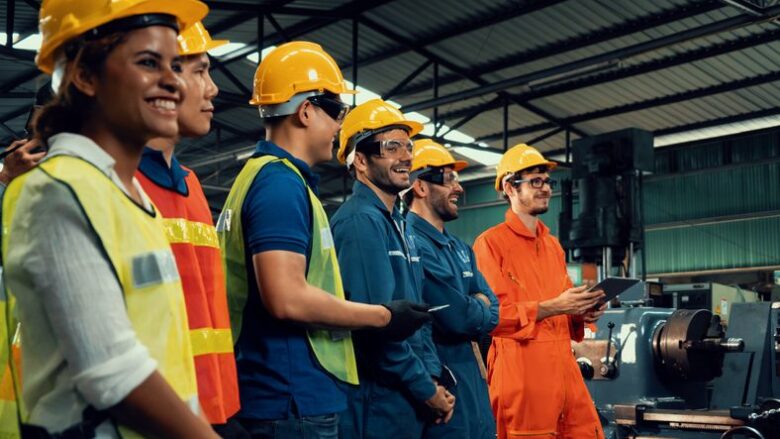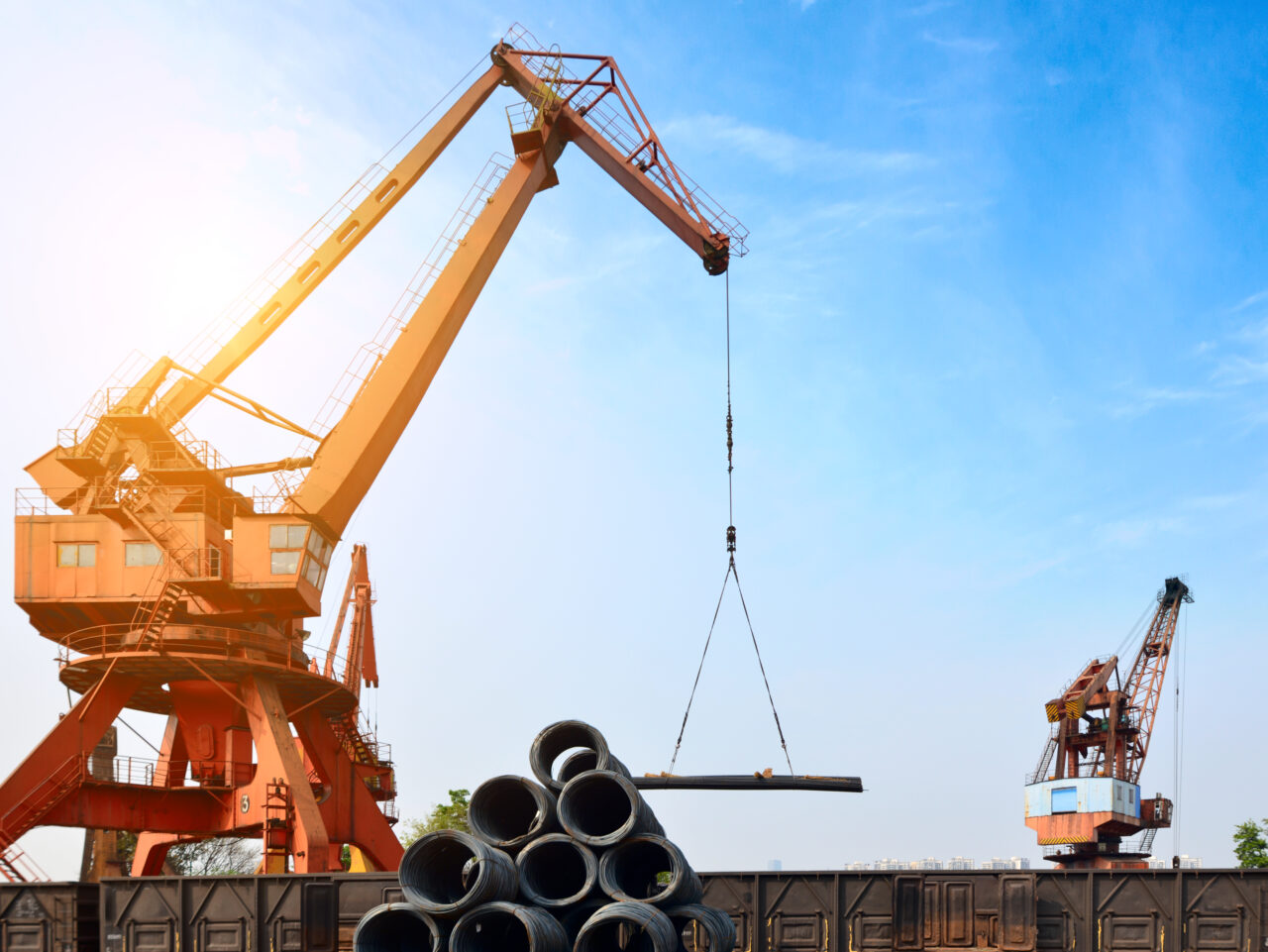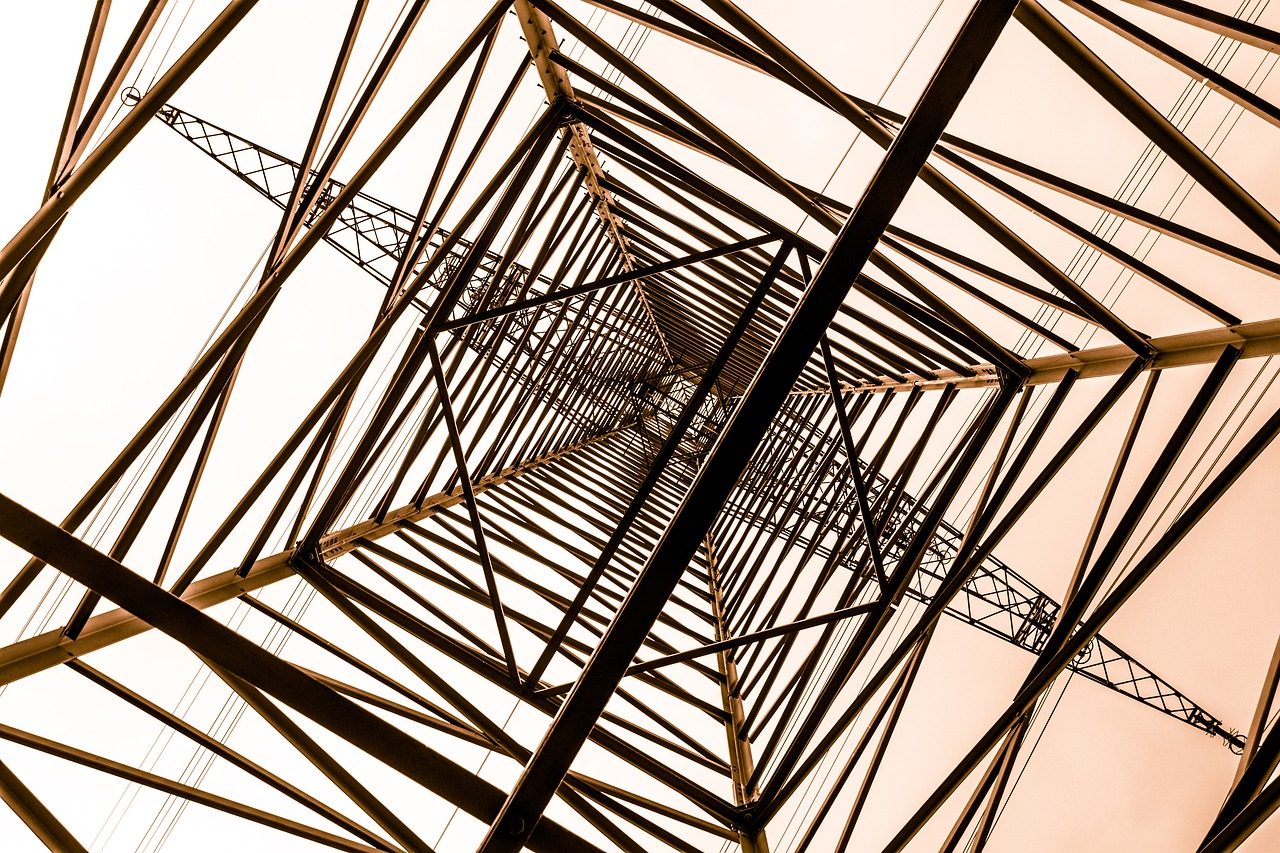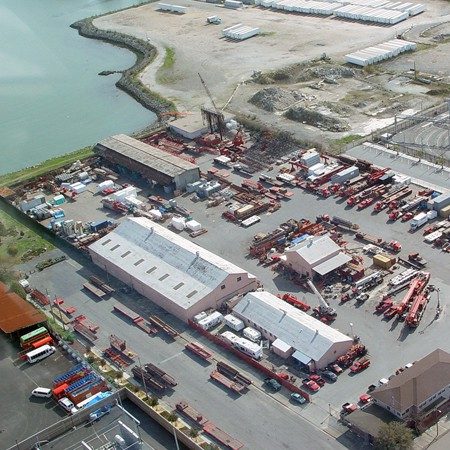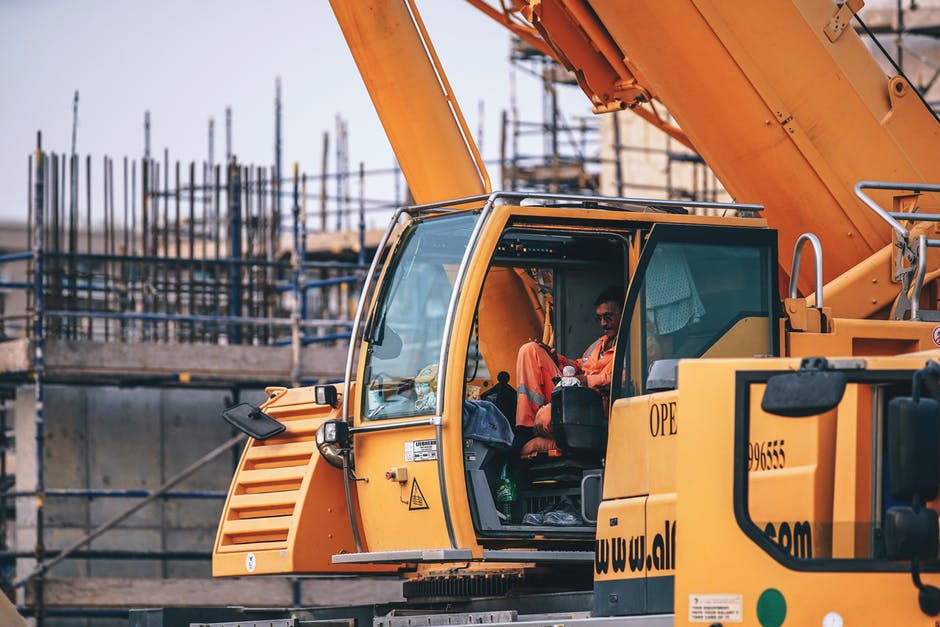Cranes are indispensable in the construction industry, lifting heavy loads and shaping skylines. While operating these colossal machines, safety should always be the top priority. Whether you’re a seasoned crane operator in San Francisco or a novice in the field, adhering to stringent safety practices ensures a secure work environment and helps prevent accidents that could have severe consequences. Let’s go over five essential safety tips from Sheedy Crane that should be ingrained in every crane operator’s mindset.
Pre-Operation Inspection
Before embarking on any heavy-lifting task, a thorough pre-operational inspection is the most important step. Crane operators should meticulously examine every component of the crane, checking for signs of wear and tear, loose bolts, or any irregularities. This includes inspecting the hoist cables, hydraulic systems, and safety devices.
Any identified issues should be promptly addressed and resolved before the crane is put into operation. Neglecting pre-operational inspections can lead to catastrophic mistakes, posing risks to both the operator and those working in the vicinity.
Comprehensive Training and Certification
Operating a crane is a skill that requires specialized knowledge and training. All crane operators must undergo comprehensive training programs covering crane operations, safety protocols, emergency procedures, and equipment maintenance. Obtaining the necessary certifications from reputable authorities is a must.
Continuous education is key to staying knowledgeable of industry advancements and new safety features integrated into modern crane systems. Well-trained and certified operators are better equipped to handle complex situations, reducing the likelihood of accidents and ensuring the safety of everyone on the construction site.
Clear Communication Protocols
Effective communication is the backbone of safe crane operations. Crane operators need to establish clear communication channels with ground personnel, signal persons, and other operators on the job site. Two-way radios and standardized hand signals should be used to convey instructions accurately. Clear communication helps prevent accidents such as load swings, collisions, or misinterpretation of signals.
Weather Awareness
Harsh weather conditions can have a big impact on crane operations. High winds, rain, or snow can jeopardize the stability of a crane and compromise load control. San Francisco crane operators need to monitor weather forecasts regularly and respond proactively to adverse conditions.
When weather conditions exceed safe operating limits, operators should exercise caution and consider temporarily shutting down operations. Safety should always take precedence over productivity.
Regular Maintenance and Inspections
Similar to any machinery, cranes require regular maintenance to ensure optimal performance and longevity. Scheduled inspections, lubrication of moving parts, and checks on load-bearing components are imperative. Routine maintenance routines help identify potential issues before they escalate into major problems, mitigating the risk of unexpected breakdowns during operation. A well-maintained crane not only operates more efficiently but also improves overall safety on the construction site.
Crane Operators in San Fransisco – Sheedy Crane
Operating cranes is a complex and challenging task that demands proper training and attention to detail. By prioritizing these safety tips, crane operators will contribute to a safe work environment. If you lack the necessary training and knowledge needed to operate cranes in San Francisco, reach out to Sheedy Crane Rental Company. We can provide you with NCCCO-certified operators for your next project. Give us a call at (415) 648-7171 for more information.

